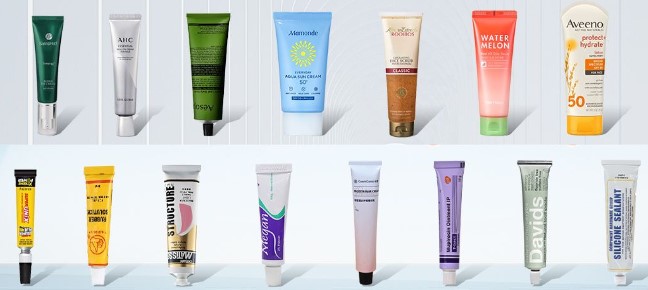An Overview of Tube Fillers
Exploring Functions, Types, and Equipment Insights
Tube fillers play a crucial role in packaging by efficiently filling plastic or metal tube containers with a wide range of products. This type of filler is a necessity for many operations as tube containers are popular across several different industries. In this guide, we will discuss the functionality, types, and various equipment insights.
We will cover the following in this equipment guide.
- What Is a Tube Filler?
- How and Where Customers Use Tube Fillers
- Popular Manufacturers
- Benefits and Features
- Industries Used In
- Considerations to Ask Before Buying or Selling
What Is a Tube Filler?
[Source: NEWECO Tube Filling Machines]
A tube filler is a specialized type of equipment used in the packaging industry to fill various types of products into plastic or metal tube-shaped containers. Those products can include creams, lotions, food products, pharmaceuticals, greases, gels, glues, pastes, and powders.

The tube-filling process involves accurately dispensing the product into tubes and then sealing them to ensure product integrity and prevent contamination. Most machines also include a closing mechanism with either a heat seal and trim method or a fold and crimp for metal tubes.
Tube fillers can come in different configurations, including semi-automatic and fully automatic models, depending on the production requirements. They are designed to provide efficient, precise, and consistent filling of tubes, reducing waste and ensuring the products are properly packaged for distribution and sale.
Types of Seals
Tube fillers use various sealing methods to secure the contents within the tubes. Below are some common sealing methods.
Impulse
An impulse seal could be a low-cost option for sealing tubes. This sealing method employs heat and pressure to create a secure, airtight seal on thermoplastic materials. Impulse seals are lightweight and portable. However, this is typically used for lab testing and isn’t the most attractive seal.
Ultrasonic
This sealing method uses ultrasonic waves to create a strong bond between the tube material, ensuring a tight seal without the need for heat. Ultrasonic sealing works great for plastics but does not work well with different types of foils and laminate tubes.
Hot Air
In hot air sealing, hot air is directed onto the tube material to soften it, allowing for effective sealing when pressure is applied. This method is your most common and is typically used on all different types of materials. This can be used in a high-speed production facility.
Additional Equipment
If you are considering purchasing a tube filler, you may also require certain upstream and downstream equipment to ensure a smooth production line. It's worth noting that the list provided below is not comprehensive and there may be additional equipment that could enhance your operation.
.png)
[Source: Shanghai Npack Machinery Co., Ltd.]
Upstream Equipment
Here is some equipment that could come prior to a tube filler in a production line.
- Mixers
- Pumps
Downstream Equipment
Below are some pieces of equipment that could come after a tube filler in a production line.
- Case Sealers
- Glue
- Tape
- Labelers
- Ink Coder or Laser Coder
Popular Manufactures
- Oystar
- Accutek
- Citus
- Kalix
- Vanguard
Industries Used In
- Pharmaceuticals
- Cosmetics
- Food
Considerations to Ask Before Buying or Selling
- What kind of tube materials can this machine run?
- Plastic, metal, aluminum
- What is the unit’s filling style?
- Rotary, inline, manual
- How many stations does the piece have?
- How many filling heads are included?
- What is the output capacity?
- What is the minimum and maximum tube length?
- What is the minimum and maximum fill range?
Summary
Adding a tube filler to your packaging line increases your efficiency and ensures precise and consistent product filling when it comes to filling plastic or metal tubes. By automating, or semi-automating this process, your operation can reduce manual labor and minimize the risk of errors, resulting in higher production rates and cost savings. Additionally, a tube filler helps maintain product integrity through proper sealing, enhancing product quality and presentation, which can be crucial for meeting customer expectations and regulatory standards.
Click here to view our inventory of tube fillers. If you’re interested in one of these units, contact our sales team to find the machine that’s best suited for you and your product.

